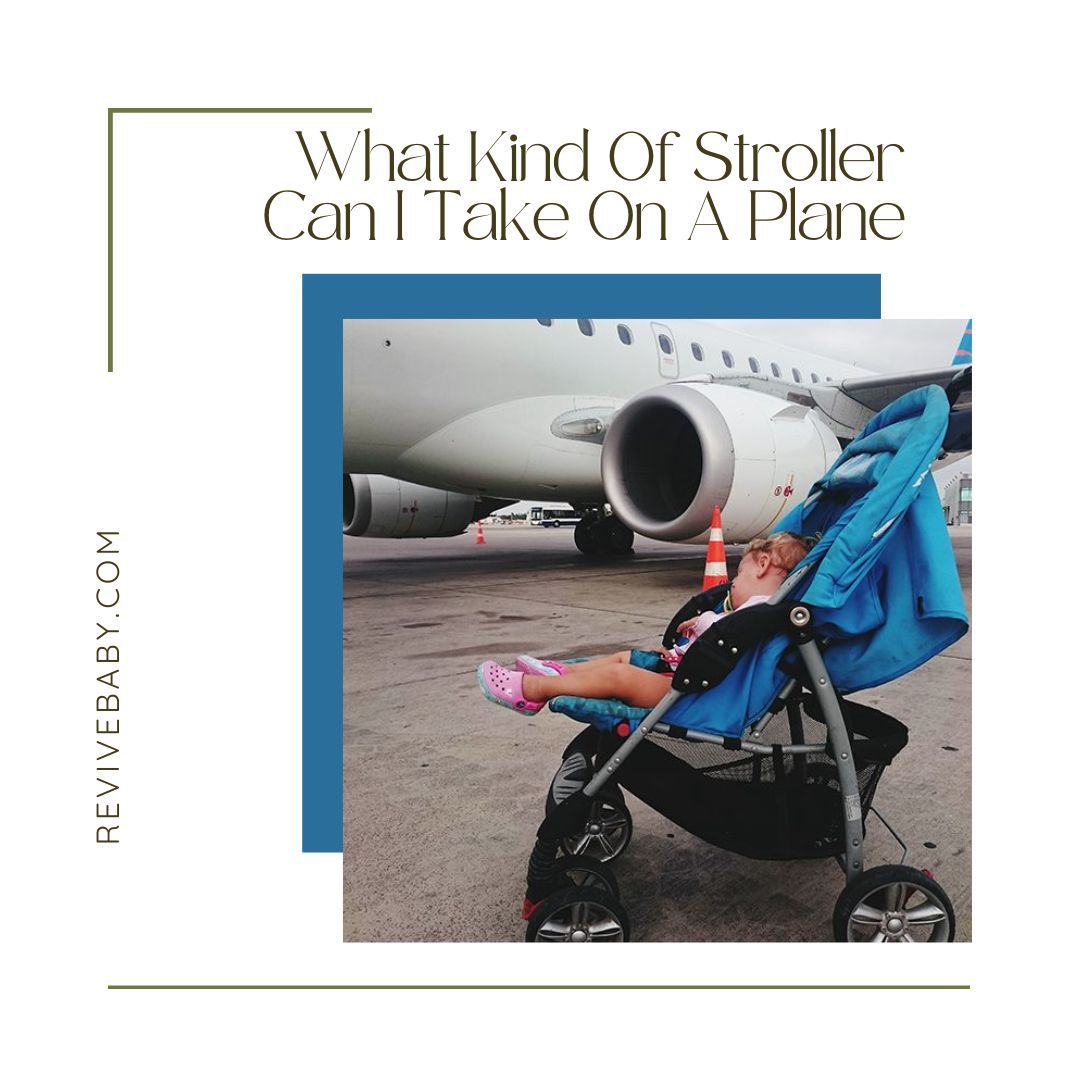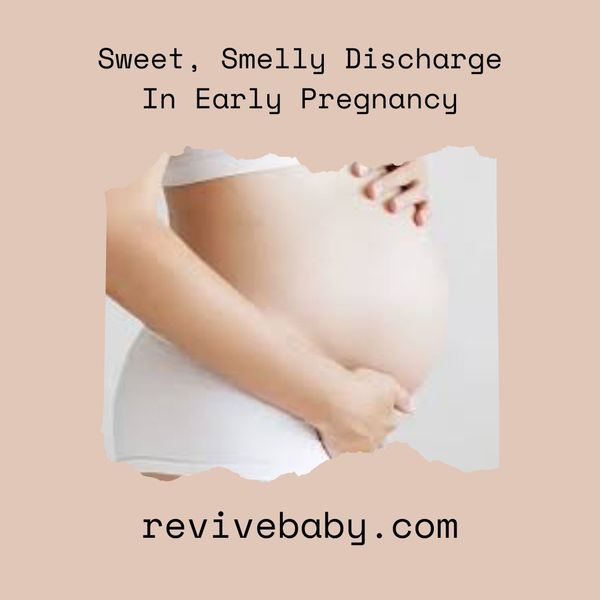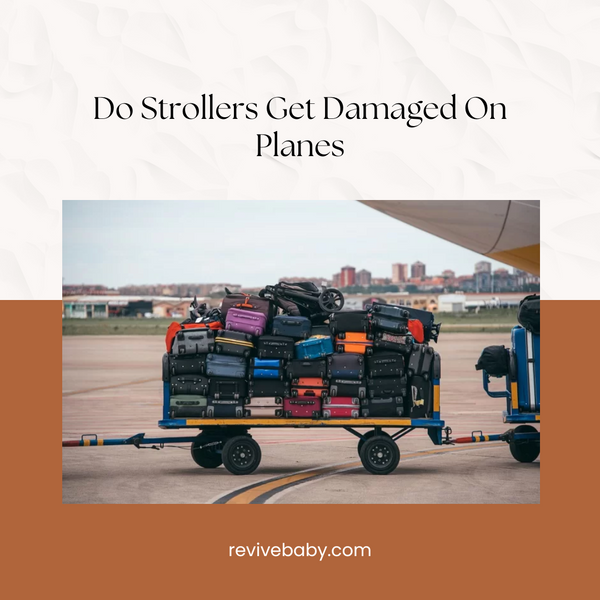However, not all strollers are suitable for air travel, and understanding the options and airline policies is crucial.
In this guide, we'll walk you through the ins and outs of selecting the perfect stroller for your plane trip. We'll explore the different types of strollers ideal for air travel, explore airline policies and restrictions, offer practical tips on preparing your stroller for the journey, and even discuss alternatives when lugging around a stroller isn't the best choice.

Whether you're a frequent flyer or planning your family's first adventure by air, this comprehensive guide will help you make informed decisions about your stroller and ensure a smoother, more enjoyable travel experience for you and your little one.
What Kind Of Stroller Can I Take On A Plane?
Several types of strollers are suitable for air travel, each with features and advantages. Choosing the right type of stroller depends on your specific needs and preferences. Here are some common types of strollers suitable for air travel:
Lightweight Strollers

- Advantages: Lightweight strollers are incredibly portable and easy to maneuver. They are designed for travel and typically weigh less than 15 pounds, making them convenient for carrying through airports.
- Features: They often have a simple, compact fold, making them suitable for cabin and gate-checking. Some models come with reclining seats and storage baskets.
- Ideal For: Travelers who want a hassle-free stroller that is easy to fold and carry. They are great for city trips and short vacations.
Umbrella Strollers

- Advantages: Umbrella strollers are even more lightweight and compact than standard ones. They fold into a slim, umbrella-like shape and are easy to store.
- Features: They are minimalistic, with basic seating and sun canopies. Many are designed for quick and easy folding.
- Ideal For: Parents looking for the most compact and portable stroller option for air travel.
Travel System Strollers
- Advantages: Travel system strollers include an infant car seat that can attach to the stroller. This versatility is handy when traveling with a baby.
- Features: They are typically bulkier and heavier than lightweight strollers but offer the convenience of using the car seat as part of the stroller system.
- Ideal For: Families with infants who need the flexibility of using a car seat with the stroller during travel.
Compact Foldable Strollers
- Advantages: These strollers have a focus on space-saving. They fold down into a compact package, often resembling a small suitcase.
- Features: Many compact foldable strollers meet airline cabin size restrictions, allowing you to keep them during the flight.
- Ideal For: Travelers who want a stroller that can fit in the plane's overhead compartment or small car trunks.
Jogging Strollers (with Travel Feature)
- Advantages: Some jogging strollers are designed with travel in mind, featuring quick and easy folding mechanisms.
- Features: They tend to have larger wheels, making them suitable for various terrains, but they may not be as compact as lightweight or umbrella strollers.
- Ideal For: Active parents who want to maintain their exercise routine while traveling with a child.
Airlines' Stroller Policies To Take On A Plane
Airlines have specific stroller policies to ensure strollers' safe and efficient flight transportation. These policies can vary from one airline to another, so you must check with the airline you plan to travel with for their specific guidelines. Here are some common aspects of airlines' stroller policies:
Gate-Checking vs. Cabin Stowage
Airlines typically allow passengers to choose between gate-checking their strollers or stowing them in the cabin.
Gate-checking involves leaving your stroller at the aircraft door just before boarding. It will be returned to you at the aircraft door upon arrival.
Some airlines permit smaller, more compact strollers to be stowed in the cabin, provided they meet size and weight restrictions.
Size and Weight Limits
Airlines have specific size and weight restrictions for strollers that can be gate-checked or stowed in the cabin.
Cabin stowage typically requires strollers to fit in the overhead bin or under the seat. Dimensions vary but are generally limited to around 20 x 15 x 10 inches (50 x 38 x 25 cm) and a weight limit of about 20-30 pounds (9-14 kg).
Larger strollers that cannot fit in these spaces must be gate-checked, and there are usually no extra charges for this service.
Fees
Most airlines do not charge additional fees for gate-checking strollers or stowing them in the cabin if they meet the size and weight requirements. However, if your stroller exceeds the allowed dimensions or weight, you may need to pay additional fees or consider alternative arrangements.
Stroller Identification
Airlines often provide tags or labels for gate-checked strollers to ensure proper identification and handling. Attaching any provided identification tags and making your stroller easily recognizable to airport and airline staff is essential.
Stroller Condition
Airlines generally expect strollers to be in good working condition and free from damage or hazards. Ensure your stroller is clean and devoid of loose parts that could become a safety concern during transport.
Special Considerations for International Travel
When traveling internationally, be aware of customs and import regulations regarding strollers, especially if you plan to use the stroller at your destination.
Some countries have specific rules about bringing baby equipment across borders.
Airlines' Disclaimers
Airlines may have disclaimers about potential damage during transportation, so carrying any valuable or fragile items separately from the stroller is a good idea.
Airline-Approved Strollers To Take In The Plane
Here's a simple chart listing airline-approved strollers with their weight and folded dimensions. Please note that specific airline policies and regulations may vary, so you must check with your airline before traveling to ensure compliance with their requirements.
Wind Up
Choosing the right stroller and understanding airline policies are key to stress-free stroller travel. Preparation is vital whether you opt for a lightweight or compact foldable one. Following these guidelines and staying informed can make your family's air travel experience smoother and more enjoyable. Safe travels!








